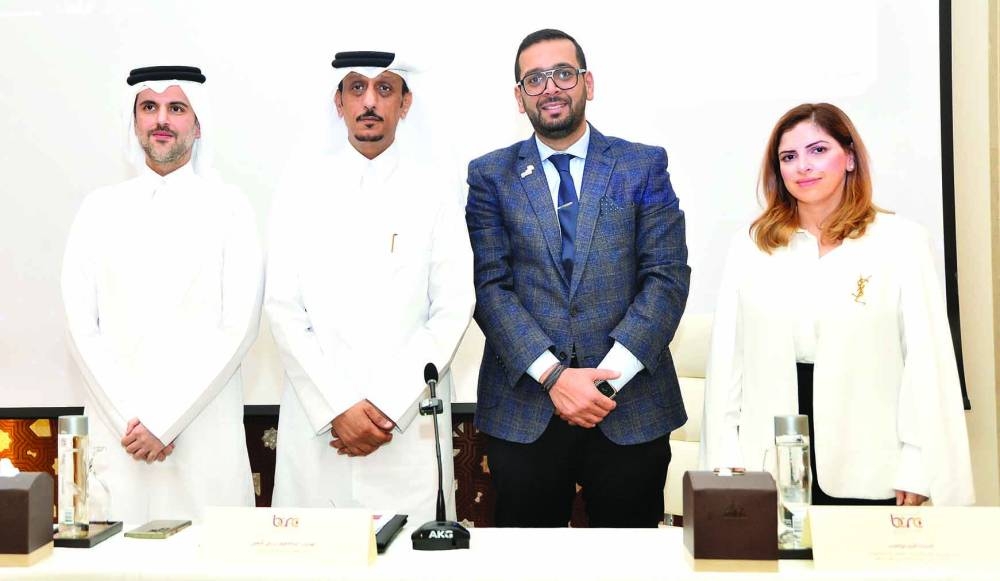
When a business decides to go global, one of the most crucial, yet often underestimated, components is translation services for businesses. In today’s interconnected world, reaching international markets requires more than just converting text from one language to another. It calls for cultural insight, domain-specific terminology mastery, and the right technology. This is where specialists like Linguaserve come into play, offering professional translation services tailored for business needs. Let’s explore how translation services can elevate your business — and how Linguaserve exemplifies best practices.
Table of Contents
Toggle1. Why translation matters for business growth
Translation isn’t simply a cost centre — it’s an investment in your brand’s global presence. When you translate your website, marketing collateral, product documentation or user interface, you open access to new markets, languages and customer segments. According to Linguaserve, translation is “about conveying your message with clarity, nuance, and cultural relevance.”
Poor translation can do more harm than good: it may miscommunicate your value proposition, offend local audiences, or create legal/technical errors. On the other hand, high-quality translation builds trust, credibility and engagement in new markets.
2. What sets professional translation apart
It’s tempting for businesses to rely solely on machine translation or generic freelancers, but professional translation services deliver several key advantages:
-
Native, subject-matter translators: Linguaserve emphasises its use of native experts specialised in specific industries (legal, technical, marketing) to ensure accurate and impactful results.
-
Cultural adaptation, not just linguistic conversion: True translation takes into account idioms, local conventions, cultural sensitivities — Linguaserve highlights “cultural expertise at every step.”
-
Quality assurance processes: Professional services employ workflows including proofreading, quality checks, term-glossary management, and translation memory. Linguaserve states: “every project undergoes a meticulous quality assurance process.”
-
Technology integration: Modern agencies combine translation memories, glossaries, DTP (desktop publishing) and machine-assisted tools. According to Linguaserve’s description: “Coordination and integration of the best human resources, most effective proven methodologies and the most advanced quality procedures, computer tools and communication systems.”
Thus, for businesses that want consistency, speed, scalability and compliance, a professional service is far superior to ad-hoc translation.
3. Core services businesses require
When engaging translation services for business, there are several core service types to consider. Linguaserve lists a number of these on their “Translation” solution page. Here are seven key service types:
a) Document Translation
Whether legal contracts, corporate communications, technical manuals or product specs — document translation ensures your static assets are accurately localised. Linguaserve mentions “Document Translation Services” under what they can do for clients.
b) Machine Translation & Post-Editing
For high-volume or rapidly changing content (e-commerce feeds, user-generated content), many agencies offer MT + PE workflows: machine translation followed by human post-editing. Linguaserve lists “AI, Machine Translation & Postediting”.
c) SEM & SEO Translations
When expanding websites internationally, translation must be SEO-aware: keywords, metadata, local search habits. Linguaserve includes this service in its offer.
d) Desktop Publishing (DTP)
Translation of brochures, PDFs, catalogs often involves layout changes. DTP ensures formatting remains intact post-translation. Linguaserve mentions “Desktop Publishing (DTP)”.
e) Validation & Proofreading
Even after translation, content needs to be reviewed for accuracy, tone, branding fit. Linguaserve lists “Validation & Proofreading Services”.
f) Linguistic Quality Assurance (LQA)
Quality assurance specifically for language content: checking for consistency, terminological integrity, style guides. Linguaserve mentions “Linguistic Quality Assurance (LQA)”.
g) Sworn/Certified Translations
Certain industries (legal, immigration, patents) require certified translations that are legally recognised. Linguaserve includes “Sworn Translations” in its services.
4. How translation drives business outcomes
Investing in translation delivers measurable business benefits. Some of the key outcomes:
-
Market expansion: By translating your content, you can enter new regions, reach non-English speakers, and diversify revenue sources.
-
Brand credibility locally: Showing up in a language that the customer trusts improves engagement, reduces friction, and fosters conversions.
-
Operational efficiency & cost-savings: Using translation memories and glossaries helps reuse past work, reduce rework, increase consistency — Linguaserve notes how terminologies and memories helped a client (“Zara”) “deliver substantial cost savings”.
-
Speed to market: With proper workflows and technology integration, translation becomes a seamless component of your global roll-out, rather than a bottleneck.
-
Risk mitigation: Accurate multilingual communications reduce risk of misinterpretation, regulatory non-compliance, or culturally insensitive messaging.
When translation is done strategically — not just as an afterthought — it becomes a key enabler of global business success.
5. Choosing the right translation partner
Not all translation service providers are equal. When choosing a partner, businesses should evaluate:
-
Industry expertise and language pairs: Do they support the languages and domains you need? Linguaserve highlights “Versatility across domains” (legal, technical, marketing, life-sciences).
-
Quality assurance process: Check if they have rigorous QA workflows, use native linguists, maintain glossaries and memories.
-
Technology & integration capabilities: If you have a website, app or e-commerce system, you’ll likely need translation connectors, API integrations, real-time workflows. Linguaserve offers such technological solutions.
-
Transparency and workflow visibility: Does the provider give you access to track status, costs, revisions? Linguaserve says: “Our transparent workflow keeps you engaged throughout the translation process.”
-
Scalability and sustainability: As your business grows, can the partner scale with you (languages, volumes, projects)?
-
Cultural fit and communication: Effective collaboration requires responsiveness, project-management clarity, and an understanding of your brand voice.
-
Cost versus value: While cost per word is a metric, the value delivered (speed, brand fit, accuracy) matters more. A helpful resource says: “Translation cost is not an expense, but a strategic investment.”
By choosing wisely, businesses ensure their multilingual strategy is not just reactive, but proactive and aligned with their global ambitions.
6. Best practices for businesses when working with translation services
To maximise the return on translation investment, consider these best practices:
-
Define clear objectives: What markets/languages are you targeting? What content (website, e-commerce, app, manuals)? What business outcomes (sales, brand awareness, compliance)?
-
Create a glossary and style guide: Establish key terms, brand voice, tone of translation, preferred terminology. This ensures consistency across languages.
-
Leverage translation memory and reuse: Store previous translations so future work is faster, cheaper and consistent. This is a strength of agencies like Linguaserve.
-
Plan for review and iterative improvement: After launch, monitor user feedback in local markets and refine translations as needed.
-
Integrate translation early: For websites/apps, build translation processes early so they are part of the workflow — not an afterthought. Real-time translation and connectors (as per Linguaserve) help here.
-
Balance machine and human translation: For large volumes, machine translation + post-editing can save cost; for high-impact content (brand copy, legal text) human translation is still essential. Linguaserve offers both.
-
Measure outcomes: Track metrics like time to market, volume of translated content, conversion rates in new markets, cost per word, brand sentiment locally. Use these to evaluate your partner and process.
-
Plan for ongoing localisation: Translation is not one-off. Markets evolve, content updates, language usage changes — ensure your partner supports ongoing localisation.
7. Summary & how Linguaserve can help
In summary: For businesses aiming at global success, translation services are not optional — they are a strategic cornerstone. When done properly, translation delivers far more than text conversion; it enables meaningful connection with diverse audiences, supports brand expansion, enhances credibility and drives commercial results.
The Spanish-based agency Linguaserve stands out as an example of how to do translation right. With a broad industry coverage, strong technology integration, rigorous quality assurance and a commitment to cultural nuance, it provides a robust solution for businesses of all sizes.
If your business is preparing to enter new language markets — whether Asia-Pacific, Europe, Latin America or beyond — engaging a partner like Linguaserve (or applying their best-practice approach) will ensure that your message is not just translated, but resonates.
By embracing high-quality translation as part of your global strategy, you transform language from a barrier into a bridge — enabling your brand to connect, grow and thrive across borders.





